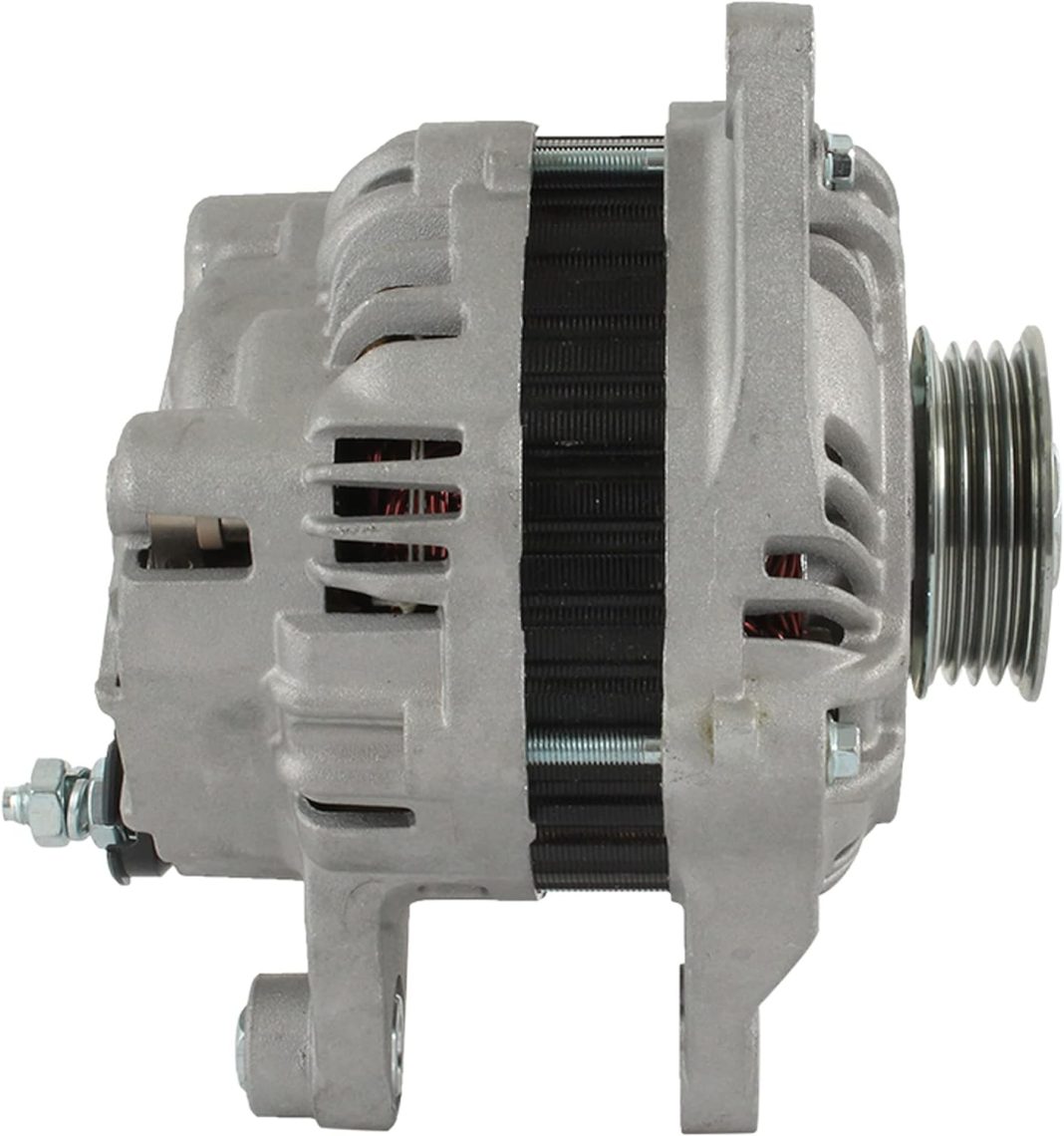In the rapidly evolving landscape of automotive technology, the emergence of electric vehicles (EVs) has reshaped traditional notions of vehicle maintenance. As we delve into the realm of zero-emissions transportation, it becomes evident that several components integral to internal combustion engines become obsolete in electric cars. Here are four parts that you won’t find on an electric car’s maintenance list:
1. Spark Plugs
In conventional gasoline-powered vehicles, spark plugs serve as catalysts for igniting the fuel-air mixture, propelling the vehicle forward. However, in electric cars, the absence of internal combustion engines renders spark plugs unnecessary. Instead, electric motors derive power directly from battery packs, eliminating the need for this ignition component altogether.
2. Oxygen Sensors
Oxygen sensors are critical in gasoline engines to regulate the air-fuel mixture, optimizing combustion efficiency and reducing emissions. In contrast, electric vehicles rely solely on stored electricity to power their motors, bypassing the need for oxygen sensors altogether. The simplicity of electric propulsion systems eliminates the complexity associated with fuel-to-air ratios and exhaust emissions.
3. Catalytic Converters
A staple of traditional exhaust systems, catalytic converters serve to mitigate harmful emissions by catalyzing chemical reactions in internal combustion engines. However, since electric vehicles produce no exhaust gases, catalytic converters become redundant. The absence of combustion in EVs underscores their eco-friendly nature, as they operate without emitting pollutants into the environment.
4. Mufflers
Mufflers play a crucial role in reducing noise generated by the combustion process in gasoline-powered vehicles. With electric cars, which operate silently due to the absence of engine combustion, mufflers become obsolete. The serene driving experience characteristic of electric vehicles stems from their quiet operation, devoid of the roar associated with internal combustion engines.
Maintenance for Hybrid Cars: Bridging Two Worlds
While electric cars have rendered certain maintenance items obsolete, hybrid vehicles present a unique blend of traditional and electric propulsion systems. Though hybrids incorporate elements of both gasoline engines and electric motors, their maintenance requirements differ from purely internal combustion or electric vehicles.
Hybrids still necessitate maintenance for components like spark plugs, oxygen sensors, catalytic converters, and mufflers, owing to their gasoline-powered engines. However, hybrid-specific technologies, such as regenerative braking, reduce wear on traditional brake pads, resulting in fewer brake-related maintenance tasks. As such, hybrid drivers enjoy a hybridized maintenance regimen that combines aspects of both gasoline and electric vehicle upkeep.
In conclusion, the advent of electric vehicles represents a paradigm shift in automotive maintenance, as evidenced by the omission of certain components inherent to internal combustion engines. As technology continues to advance, the automotive industry must adapt to the evolving landscape, embracing the efficiency and sustainability offered by electric propulsion systems.





